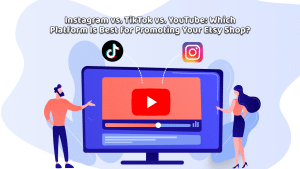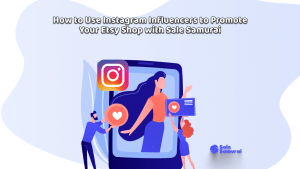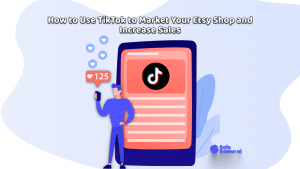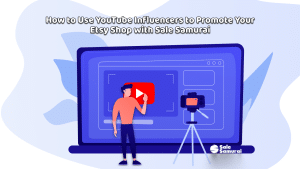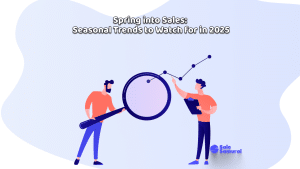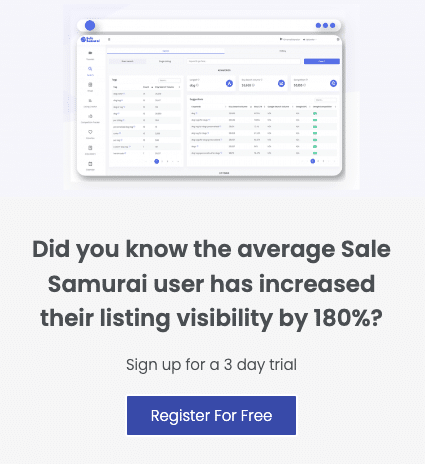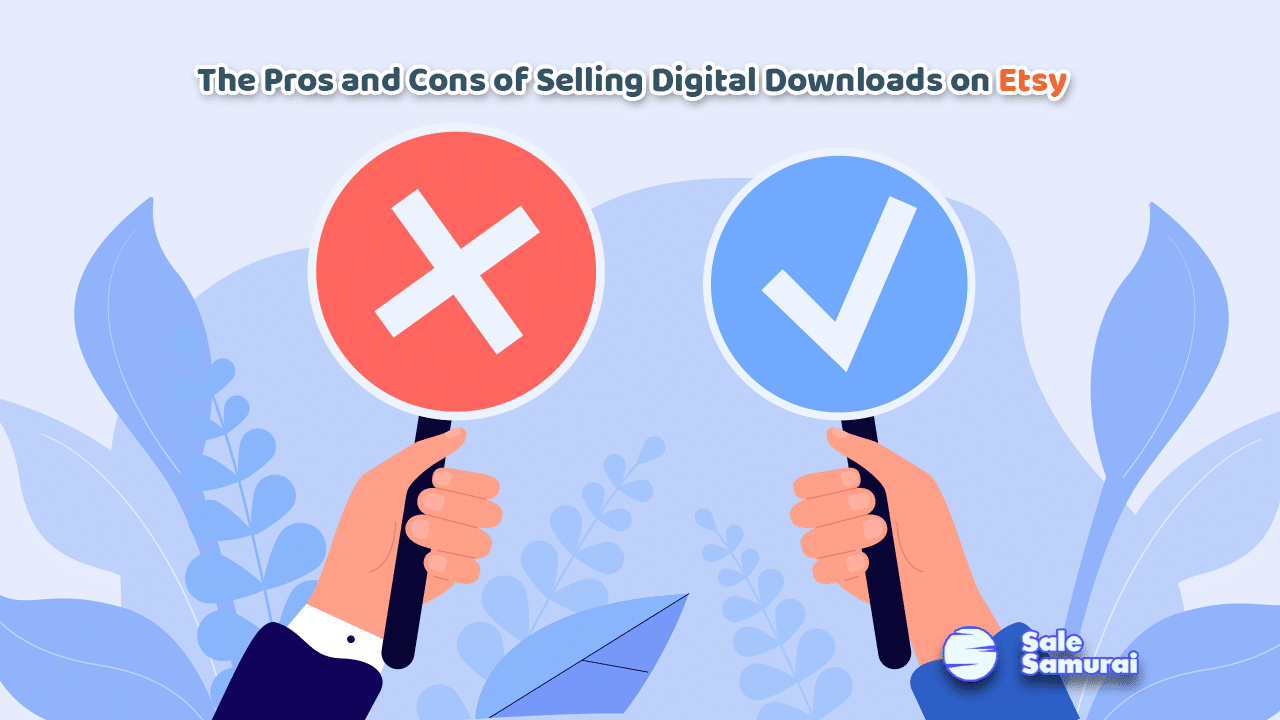
Selling digital downloads on Etsy is a hot topic and has its upsides and downsides. If you are considering selling digital prints, templates, stickers, or the like, there are a few things to consider before diving in.
Whether you are a stay-at-home mom or a digital nomad roaming the earth, selling any kind of digital product may sound appealing- but you might also have some valid concerns. Today, we will be looking at all the facets of selling digital products on Etsy and answer the age-old question- is it worth it? Let’s get into it!
Pro: No Inventory
First things first- when you decide to sell digital art, you will find that you don’t need a whole craft room or garage to fill with art supplies, materials, and a ready-made inventory of your work.
Of course, if you are making digital prints by hand and then scanning them, that’s another story. However, if you design and upload your digital downloads through Canva, Adobe Photoshop, Procreate, or anything of the like, all you really need is a computer or tablet, and maybe a bougie office space with some decorative house plants.
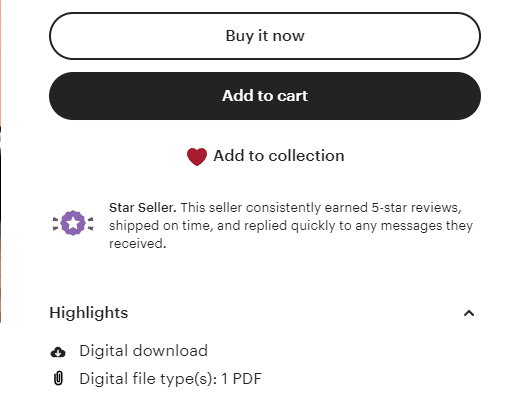
Not having to worry about inventory is a really nice feature because there won’t be paints and brushes and pens strewn about- that space can be devoted to more practical uses (like a dark academia-themed reading room).
Not having to worry about keeping track of how many prints you have at a given time is also a blessing not only does it save you space, it saves you time too, time that you can use to make more designs and advertise on social media. Your energy is used more efficiently this way, which is always a good thing.
Con: Risk of Copyright Infringement
If you sell digital art, unfortunately, it’s extremely easy for people to copy your work and sell it as their own. Copyright infringement is a serious issue on Etsy and has given several shop owners severe heartache.
What is copyright? To put it simply, it is a type of intellectual property protecting any tangible form of expression, be it a painting, a book, a song, or an anime character. When someone copies your work and uses it to make a profit, that is copyright infringement.
Does that mean that you have to have a copyright on all of your artwork? No, it does not. Anything you make as a creator, artist, writer, singer, poet, et cetera is yours and should not be copied without your clear permission.
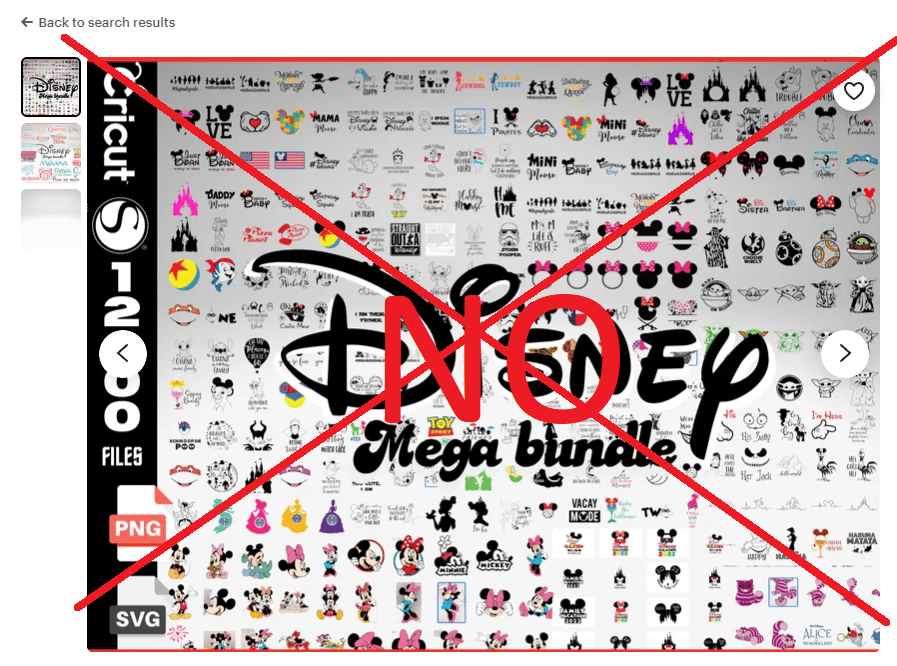
Of course, if you discover that your work has been stolen, you can take steps to rectify that, including filing a DMCA (Digital Millennium Copyright Act) takedown notice with Etsy. However, oftentimes, this is a tedious process and won’t stop others from copying your work in the future.
Keep in mind that you yourself can be at risk of committing copyright infringement. If you are using any trademarked or copyrighted character, design, quote, or image, Etsy might take notice and take down your listing– or your entire shop!
One example of this would be making a Harry Potter themed journal template to sell online. If you include any images or designs that have any of the characters, like Harry or Ron, for example, that is grounds for copyright, as well as using an image of Hogwarts or the snitch.
When you are making digital downloads, it is always best to create 100% original work and, for extra protection, get a trademark or copyright for it. No one is perfect, but when the right steps are taken, problems like this one can be minimized.
Pro: No Shipping and Processing
Selling digital goods means you don’t have to print and frame the order, not to mention packing it and shipping it, as well. This saves you time and money.
Consider how long it would take you to print out, assemble, and prepare the order. If you experience a high volume of sales, this would take up the bulk of your day and you would find it difficult to devote time to creating new designs and doing other work.
Packaging and shipping are also time-consuming having enough bubble wrap and envelopes, securing the product and printing out the address, going to the post office, and waiting in line- those all add up in cost, time, and energy.
Cutting all that out means more time to focus on things that matter and making more sales. Bonus points: it’s good for the environment, too! Less shipping and plastic equals less waste and carbon emissions.
Con: No Package Presentation
The downside of not shipping your order is that you can’t put any personal or fun touch into the presentation of the package. There’s no opportunity to show off your doodling on packages, or your masterfully written thank you note.
One can argue that this isn’t really an important part of business, but it’s definitely a nice touch to the shopping experience. When you are delivering customer service, everything from answering inquiries to thanking them for their order matters.
Pro: Infinite Stock
This is a big one because while you would need to make and fulfill every order you receive when selling physical goods, that’s not the case with digital goods. You make it once and sell it a hundred or a million times! This is the beauty of digital downloads.
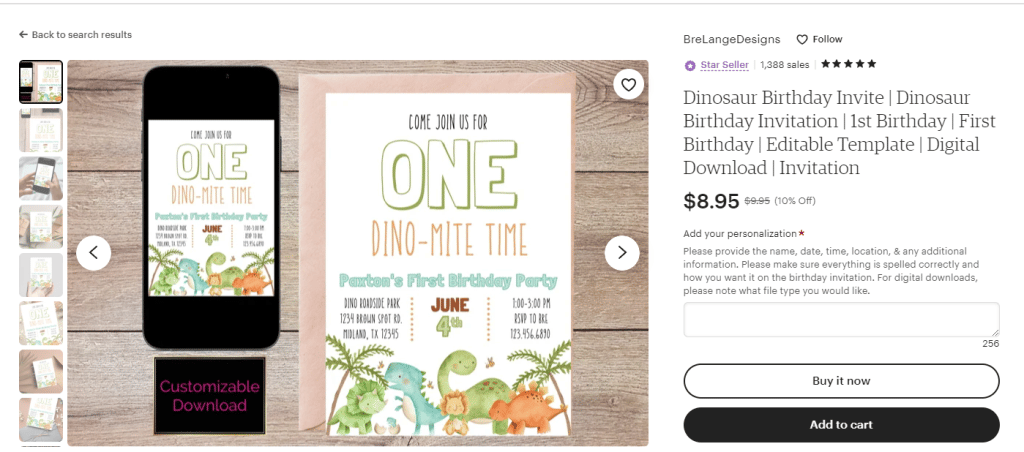
Some people think that selling anything digital is not worth it because most things sell for around $5-10, but consider this: you spend x amount of money on a graphic design and image editing software and x amount of time and effort designing it, and you charge $5 for it, multiplied by an indefinite number. That has the potential to yield high-profit margins, and in a short amount of time if your shop is gaining popularity.
Having the capability of selling something a million times over is obviously a plus, and the fact that you don’t have to depend on suppliers and art stores to have stock of certain tools and materials is a nice added bonus.
Con: Not Accessible to Everyone
Yes, even in this day in age, not everyone has access to a computer or phone. This might be a personal choice or preference, or it might be a lack of funding and resources. The simple truth is, there are still a lot of people out there that still prefer to buy physical goods over digital downloads.
This means that the customer pool available to you is reduced. This is just a fact that you’ve got to accept if you want to sell digital downloads and market toward a more specific type of demographic. It’s part of the territory.
The same can be true for you as the artist- you might not have access to a computer that can handle complex software like Photoshop, and that is definitely something to consider when thinking about selling digital downloads. It can be a real investment.
Pro: Lower Costs to Produce
Generally, producing digital downloads won’t be as expensive as making physical goods. Of course, you can add the materials and overhead cost to the price of the product, but then you run into the issue of it being too expensive for people to want to buy it.
That’s why having a low cost of production is good for your sales- customers are less likely to be afraid of the high cost and will be more willing to buy your digital product. That means more sales and more profits.
Some people might think that they need to sell a lot- like a LOT- of digital downloads to make a profit, but that is not true. Let’s say you spent $10 in materials and overhead costs making a physical product such as a print and $10 in labor and sell it for $25- that is $5 profit and the rest covers the bare necessities. Let’s say you sold fifty prints in a month for a profit of $250.
Now, let’s assume you decide to digitize that same print. With this, it still took you $10 of labor to produce, but there are no materials costs. Let’s keep the profit at $5 and price the digital print at $15. If you made fifty sales, you would still have the same amount of profit and have your labor covered.
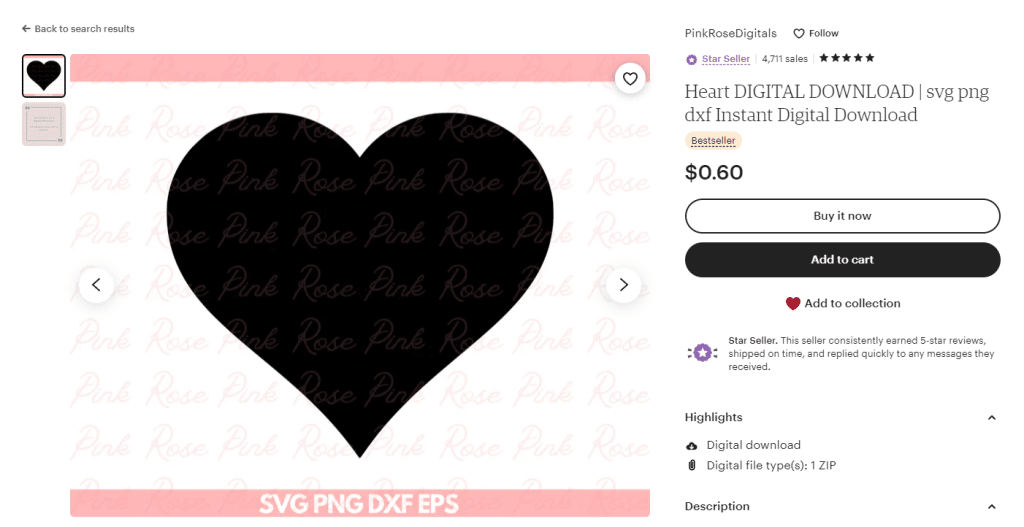
Moreover, because your item is now digital, odds are, you will make a lot more sales on it, increasing your profit, and making your digital print more profitable than your physical one.
Even if you chose to price the print at $10, because of increased sales, you would get the money back on your labor over time. Again, because there’s an infinite amount of stock for a digital download, you don’t have to pay yourself the full amount of labor you spent making it. It will pay for itself in time.
Con: Potentially High Cost of Software
We just discussed how digital downloads have low costs for production- but this might not be the case every time. If you are using professional software like Adobe Illustrator, that can rack up a lot of money over time.
This can be especially true if you are using multiple types of softwares to make different kinds of digital products. The fact that professional software is subscription-based can put a lot of pressure on you as the artist to sell as much as possible each month to make a profit- or just to break even.
There is no easy fix for this other than to avoid using expensive software- but then, you are limited by whatever application or software you decide to use. If you want creative freedom and limitless options for curating and editing your work, you have to be willing to make the investment time and time again.
This can be hard to do especially during times like January when stores and shops around the globe experience lower sales due to the post-holiday financial strains. That’s when it would be beneficial to have savings to count on when you need to sustain your subscriptions for a while.
Of course, costly software does not equate to high-quality, profitable digital downloads. It is entirely possible to make really creative and really high-quality work on software and apps that are free or can be purchased once to be used again and again.
Pro: Anyone Can Do It
Hey, we’re not saying everyone can be a unique and famous artist, but just about everyone can be creative and make a profit doing what they love. If you have the means, the resources, and the desire to make digital art, then by all means, do it!
Some people think that you have to be extremely talented or have some kind of official “I’m an artist” plaque hanging on their wall to sell things on Etsy… that’s just not true. We all have a creative drive inside us, and whether or not you choose to embrace it is up to you.
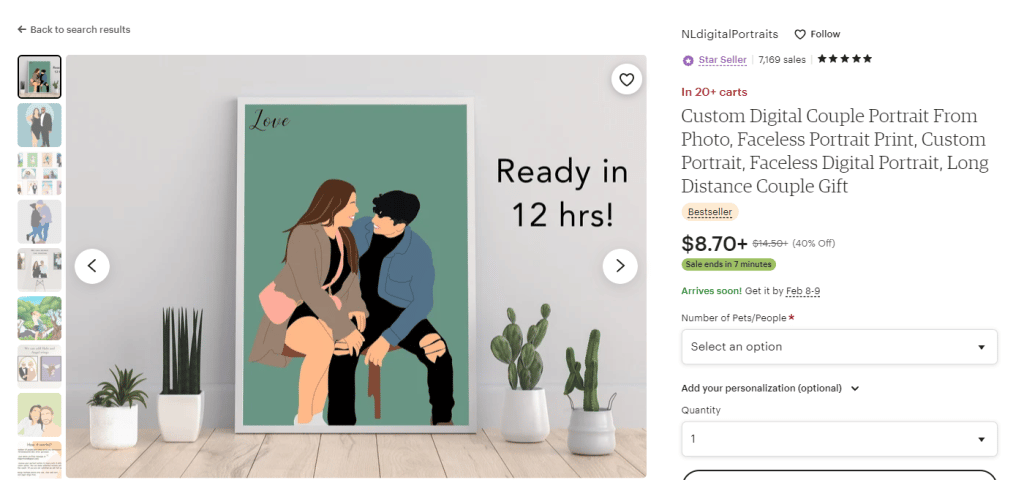
You might think, “that’s great! But I don’t know how to use Photoshop”- and that is okay, too. Software like Photoshop has a myriad of tutorials, podcasts, and YouTube videos geared toward helping people just like you learn the trade. You don’t have to sign up for a Masterclass or attend four years of art school to learn how to design. This is the age of information. Use it!
If you find yourself wanting to have a creative outlet and make some money on the side- or you might already have a business selling physical goods and are thinking about transitioning to digital downloads. If that’s the case, then we encourage you to take the leap and explore the boundless opportunities that selling digital downloads might have. You never know how far it could take you.
